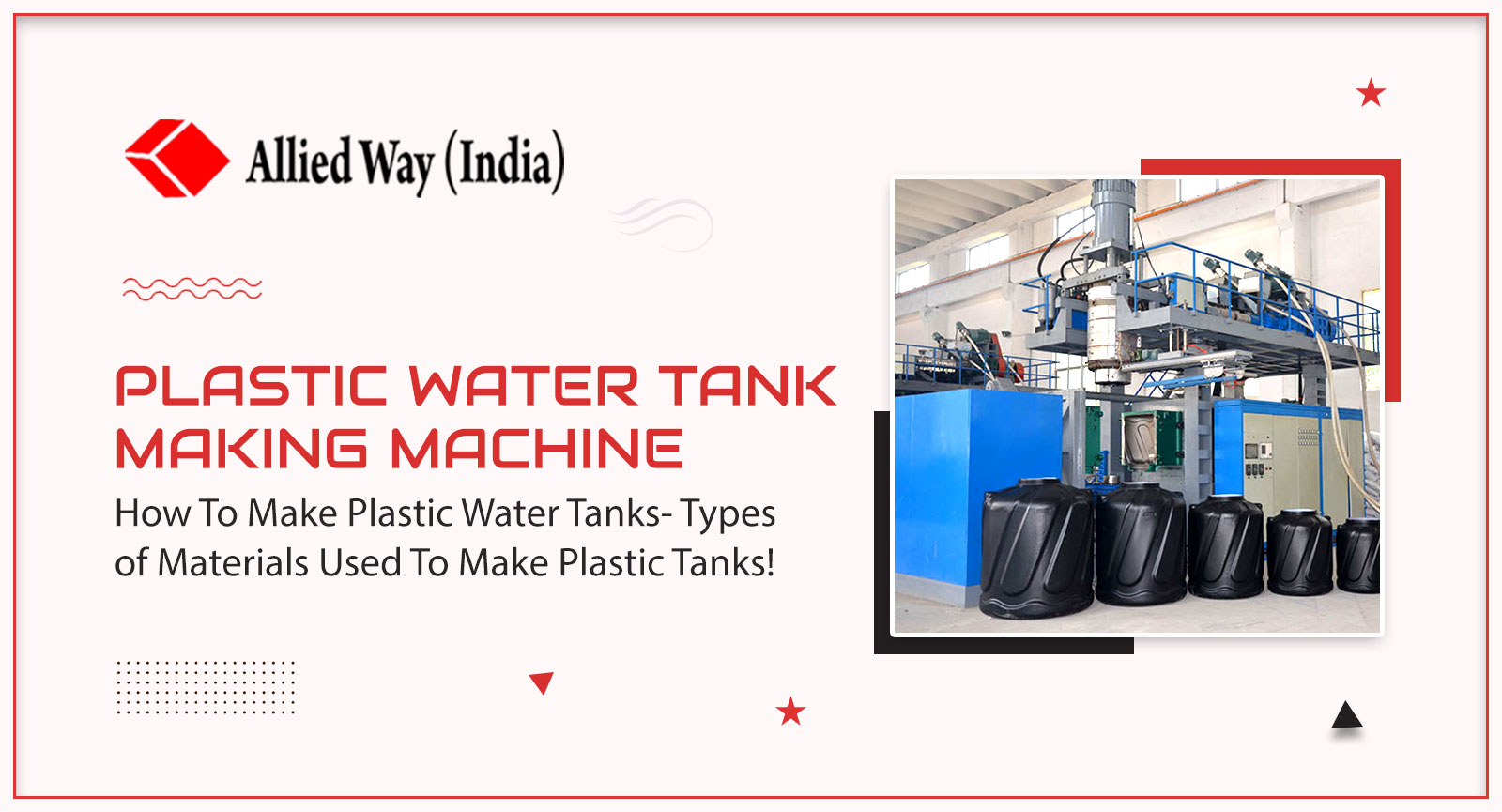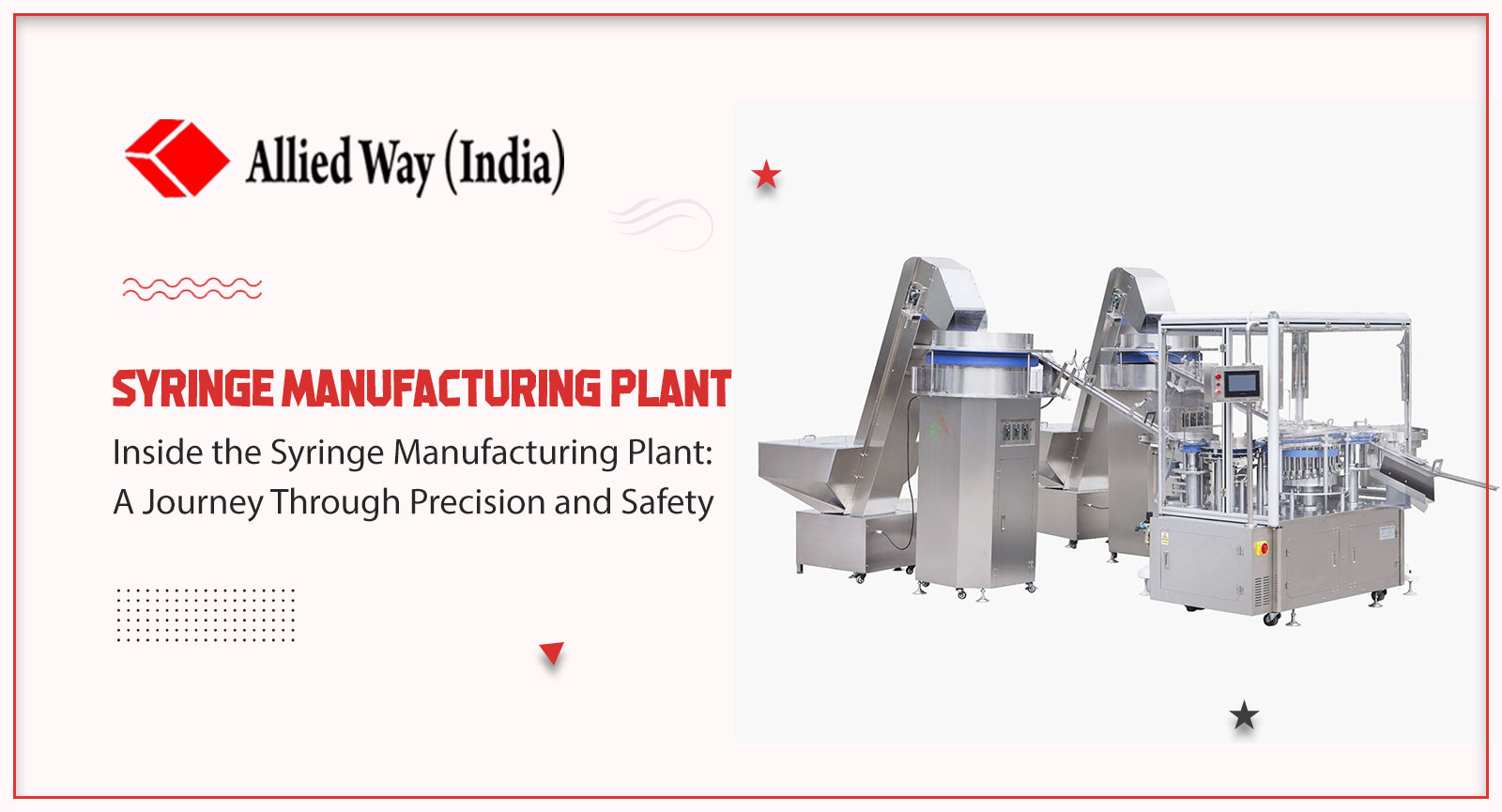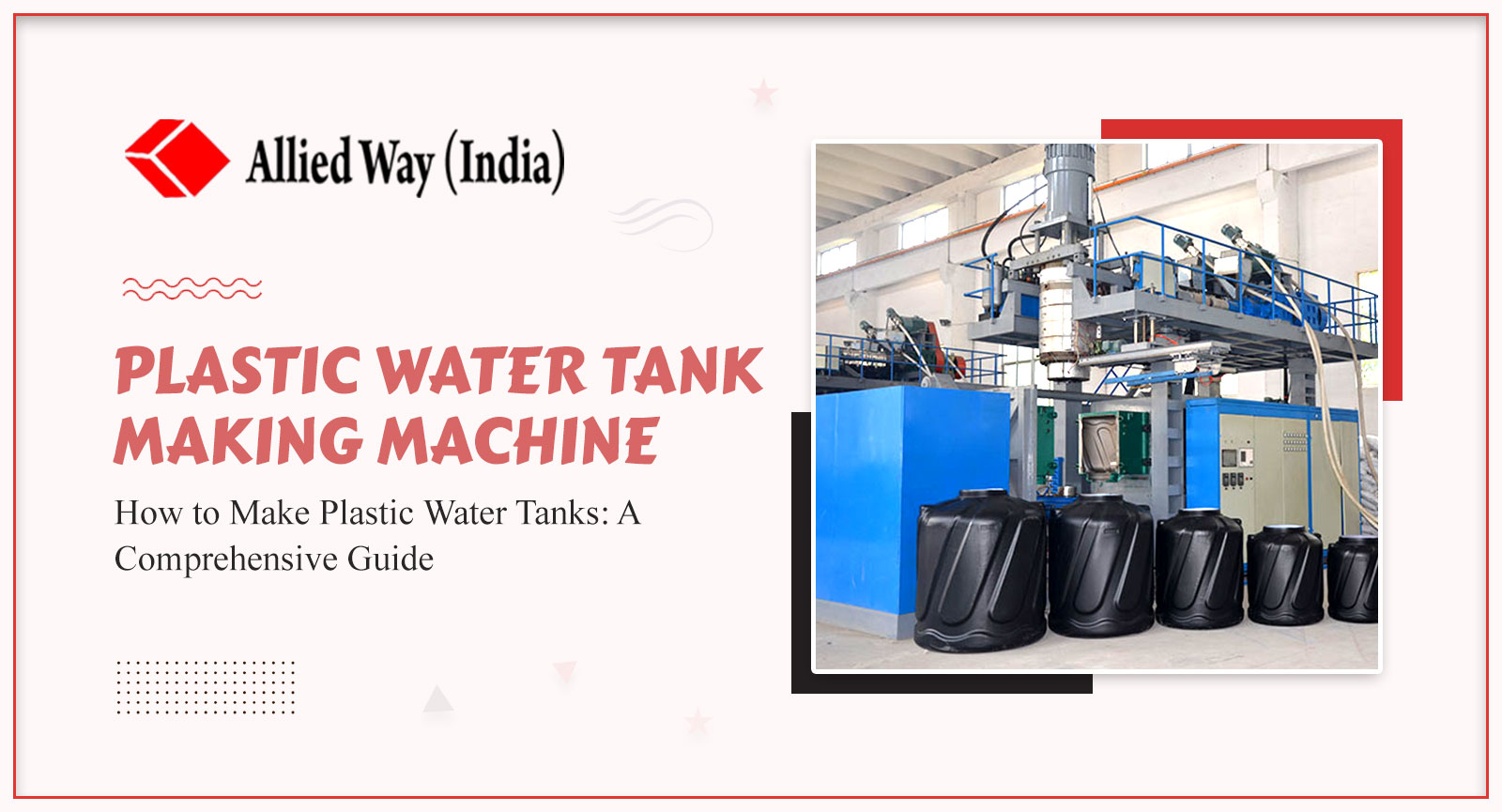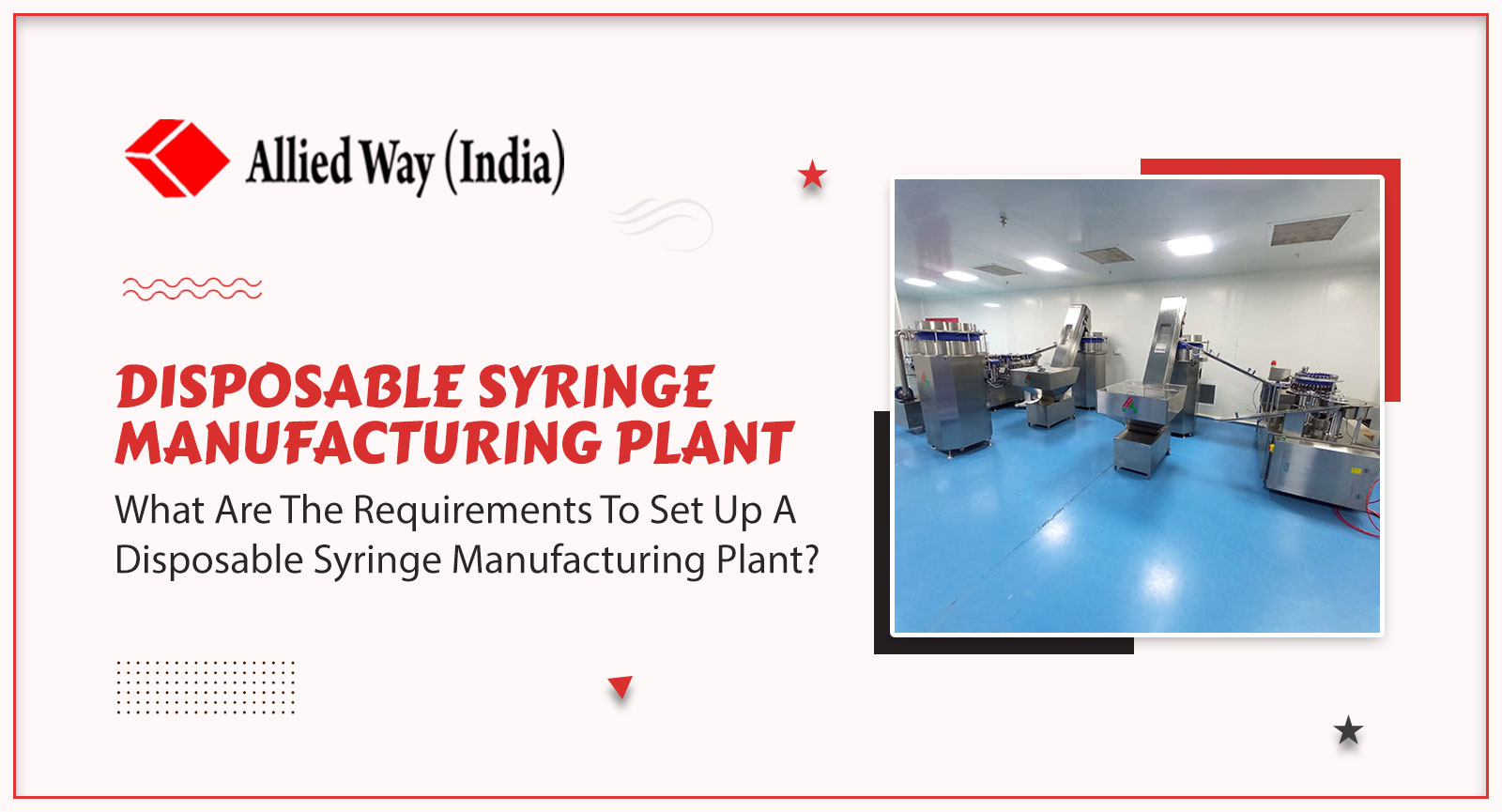
Tanks are goods that store water tanks to be quickly used at any moment and to allow their reuse. In general, they come in various materials, including plastic, polyester, stainless steel, reinforced concrete, galvanized steel, and steel. In recent years, thermoplastics have been the most extensively utilized material for building tanks used in the chemical industry because they are lighter materials than steel and have greater corrosion-resistant capabilities. On the market, we may find a wide range of plastic water tank raw materials and formulations, of which we will list the most popular below. In this blog, we’ll be discussing how to make plastic water tanks.
How To Make Plastic Water Tank: The Process
The new production methods are always being developed, but the following are two of the most frequent for plastic tanks:
Injection molding: This technique works best with smaller tanks. Molds are typically composed of steel and have cavities in which the part will be created. Melted plastic is injected into the cavity-shaped mold. Pins discharge the item when the mold has cooled.
Rotation molding: This procedure, known as roto-molding, is better suited for large, one-piece tanks. To coat the inside of even more intricate designs, the hot liquid inside the mold is turned. It uses centrifugal force to keep the walls uniformly thick.
How To Make Plastic Water Tank By Rotation Molding?
The process of manufacturing a water tank by rotational moulding may be divided into four parts which are as follows:
Loading the Mould: In the first step, the metal mould is filled with polymer powder before being placed in an oven.
Heating the Mould: Then, the mould is heated in the oven and turned bi-rotationally. As the powder heats and melts in the mould, it begins to build up and conform to the shape of the mould. Depending on the size of the tank, this process can take anywhere from 30 minutes to a couple of hours.
Cooling: When the mold is removed from the oven, it begins to cool and the plastic inside the mould solidifies.
Unclamping the Mould: In the final step, the plastic tank is released from the mould.
Moreover, a water tank making machine is an ideal equipment to have for making high-quality water tanks for various applications.
What are Various Plastic Water Tank Raw Materials?
These are various types of materials used in the production of plastic water tanks. Some of the most commonly used materials include:
Polyethylene (PE): According to the polymerization method, polyethylene has a simple molecular structure that can yield products of various densities, the highest-density HDPE providing the best mechanical resistance characteristics (with the longest useful life) for container manufacturing.
Polypropylene (PP): Polypropylene is a thermoplastic substance created by polymerizing propane gas. Isostatic polypropylene provides the best qualities for container manufacturing, with two main groups emerging: homopolymer and copolymer, which give more outstanding impact resistance as well as greater performance in cold conditions.
Polyvinyl chloride (PVC): Generally amorphous, polyvinyl chloride (PVC) can be polymerized to create a variety of formulations. These formulations can be given very relevant characteristics, such as purity, hardness, flexibility, impact resistance, and/or rigidity of the product, depending on the polymerization method used.
To Conclude
A water tank-making machine is an excellent piece of equipment for producing high-quality water tanks for a variety of uses. Allied Way India is among the best water tank machine manufacturers in terms of efficiency. Our water tank machines are well-known in the market for their wear resistance, durability, and ease of operation.








